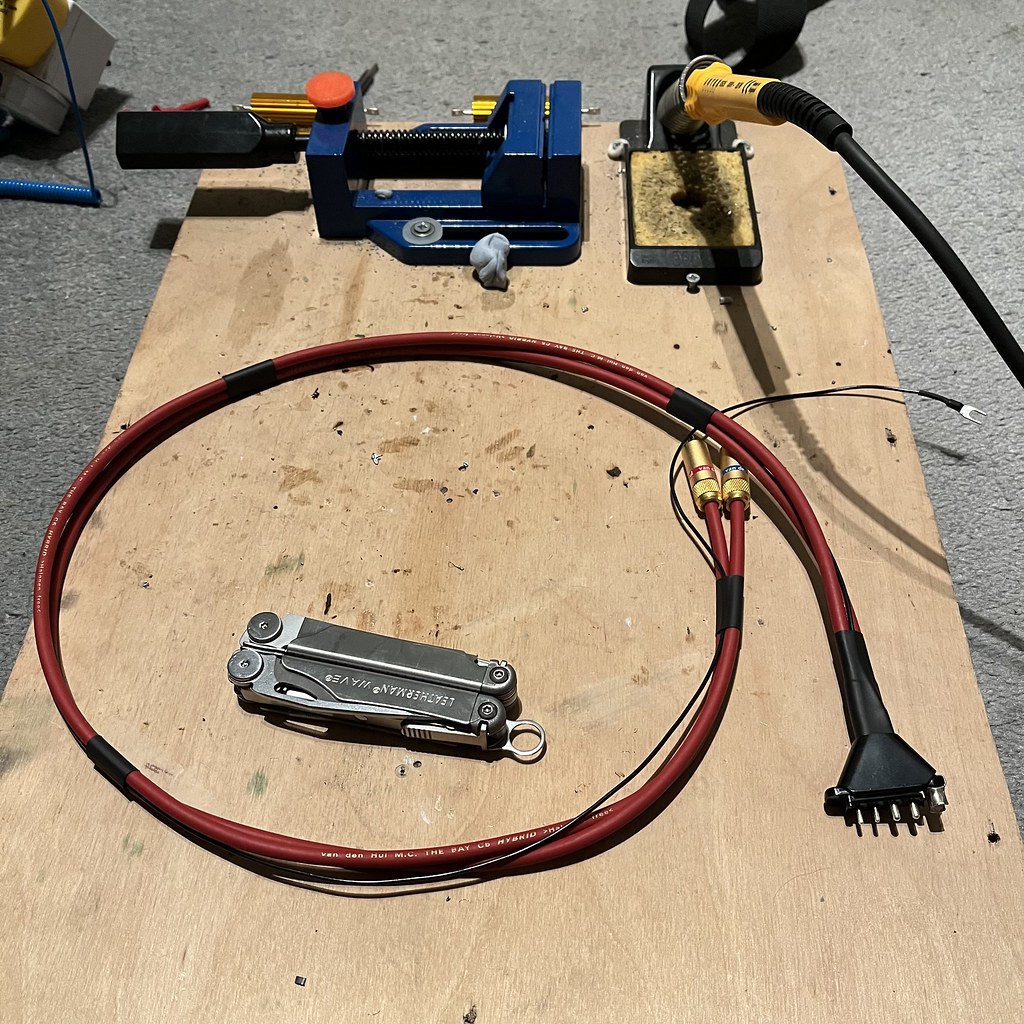Tony L
Administrator
Jico are very cagy about their compliance specs, which is annoying. Same with output specs. I suspect they are different to the Shure originals in many ways across cartridge ranges. As an example their various M44 styluses are apparently far lower output than the Shure originals suggesting smaller magnets (and lower tip mass). I wish there were some proper specs/reviews where one could really assess exactly what one is buying.
My impression is my Shure V15/III with the VN35HE stylus couldn’t be happier, there is no post-warp ‘bounce’ etc, it seems absolutely rock-solid in the fixed S2 Imp. I’ve no intention of moving it unless I conclude the Jico stylus is playing by very different math as changing arms on the 124 takes little longer than changing headshells and rebalancing. It would actually be a lot quicker if I didn’t need to swap arm-leads! Having both available and ready kind of justifies holding onto the S2 Improved too. It is an interesting 1970s context for an old 1960s deck. My gut feeling is I just prefer the M44/M55E in the heavy arm though. There’s a chance the Jico Basie may change that, so worth pursuing.
My impression is my Shure V15/III with the VN35HE stylus couldn’t be happier, there is no post-warp ‘bounce’ etc, it seems absolutely rock-solid in the fixed S2 Imp. I’ve no intention of moving it unless I conclude the Jico stylus is playing by very different math as changing arms on the 124 takes little longer than changing headshells and rebalancing. It would actually be a lot quicker if I didn’t need to swap arm-leads! Having both available and ready kind of justifies holding onto the S2 Improved too. It is an interesting 1970s context for an old 1960s deck. My gut feeling is I just prefer the M44/M55E in the heavy arm though. There’s a chance the Jico Basie may change that, so worth pursuing.


